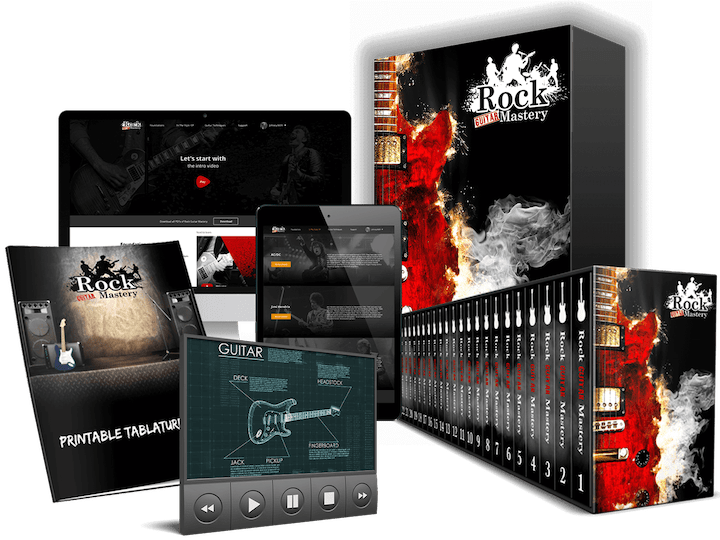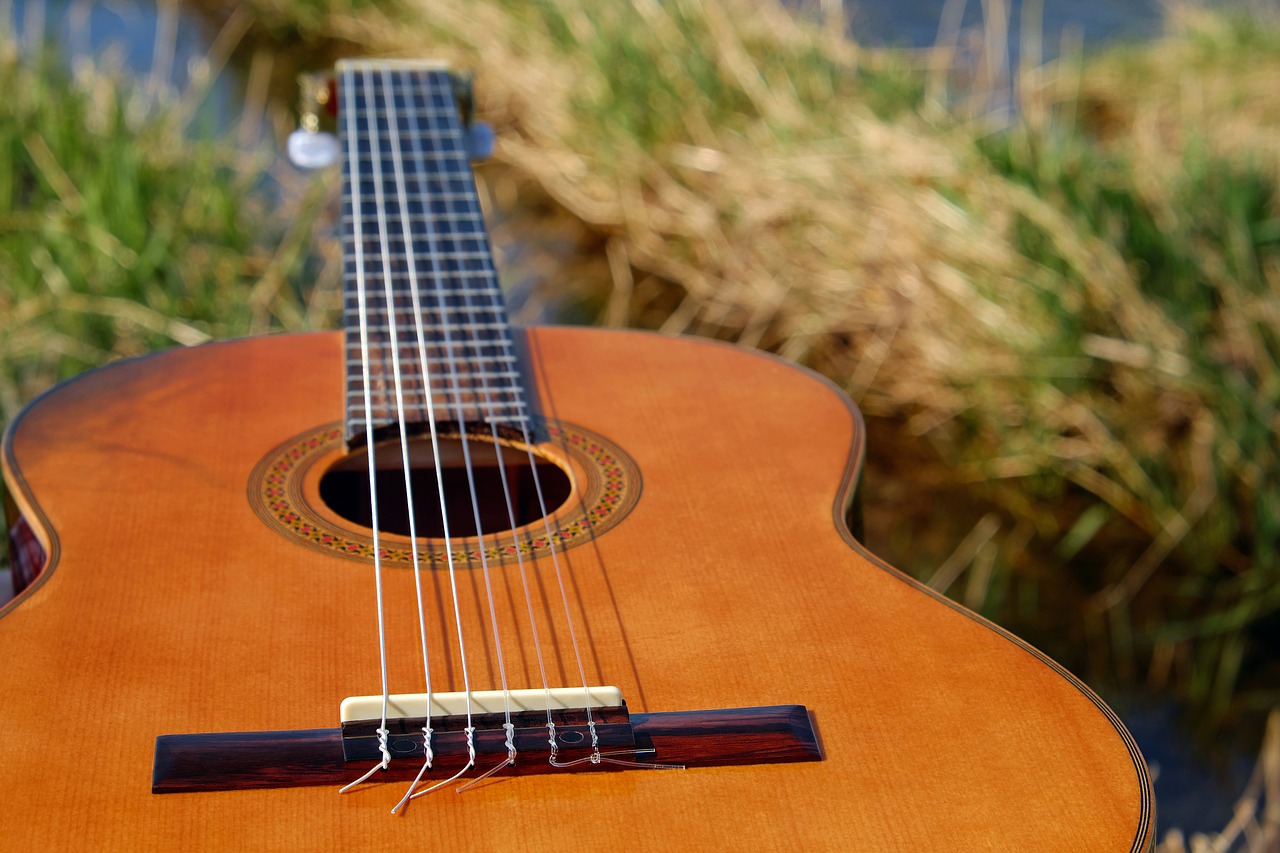From big stages in rock concerts to small parties in one’s backyard; from noisy urban cities to the quiet countryside – the guitar as a source of entertainment is ubiquitous. Neck-to-neck with the piano, it is one of the most commonly-played instruments. But it has evolved into more than a mere musical instrument into a symbol for social charm and coolness. Many stars have risen to fame thanks to it and countless movie background scores have been composed or enhanced by fingers playing on a guitar.
Structurally, a guitar usually consists of six strings and is played by a combination of strumming and pressing of strings. But before venturing on the journey that is learning to play the guitar, it is helpful to know the different types of guitars available.
Table of Contents
Acoustic Guitar
A staple of the guitar world, an acoustic guitar consists of a wooden body and six strings. It is hollow on the inside, which amplifies the sound of the strings to produce the melody you hear. Acoustic guitars have a personal quality and are portable and easy to use. The best-selling acoustic guitar, with steel strings, is the dreadnought. Martin OOO is another well-known acoustic guitar with a small body that allows for note separation. This guitar is ideal for those who wish to sing along while strumming the guitar strings. It is advisable to know what tone you want before buying an acoustic.
Electric Guitar
Electric guitars, usually having solid bodies, need to be plugged into an amplifier. Compared to acoustic guitars, electric guitars feature thinner strings. However, they produce a powerful, metallic sound that lasts longer and fades slowly. If you want to apply very little force in pressing the strings, this is the guitar for you. Fender Stratocaster and Gibson Les Paul are two of the most popular designs in this category.
Electro-acoustic Guitar
Electro-acoustic guitars are also referred to as semi-acoustic guitars. They combine enticing features of both the electric and acoustic variety – they have a thin yet hollow body and can be plugged into an amplifier. Usually smaller in size, they are easy to carry. Necks of these models are very playable. Gibson-ES335 is a notable design and some electro-acoustic include a cut-away for better access to the upper frets.
Classical Guitar
Colloquially known as a Spanish Guitar, a classical guitar has nylon strings. It is similar in construction to the Flamenco guitar. Playing scales and certain chord forms become easier due to the broad, flat neck of the classical guitar. It is usually played while sitting and has 12 frets away from the main body. The finger style is an important technique used to play the modern classical guitar.
Resonator Guitar
Instead of a regular hole, resonator guitars have a large cover plate, behind which is situated a resonator cone. This guitar was invented by John Dopyera for the National and Dobro companies. Its selling point is the distinctive tone, not replicable by other types of guitars. It is available with one large cone or multiple smaller cones and also with a square neck and a round neck. Resonator guitars gained popularity starting in the 1920s, as rhythm instruments in bands.
Bass Guitar
A bass guitar consists of thick strings and a long neck. It has four strings only, though models with more strings can be found. Playing the bass guitar is ideal when backed by a drummer to create a unique rhythm with a noticeable bass sound – thick, low and booming. The electric bass guitar has its own playing style and can produce wonderful music, including slapping and popping. Slapping is done by repeatedly striking the string while popping is carried by curling a fingertip under the string.
Steel Guitar
Originating from and developed in Hawaii, the steel guitar is eccentric because it is played horizontally rather than vertically. It comes in two varieties – the lap steel guitar and the pedal steel guitar. The string height is high and needs to be played with a metal tone bar. Nowadays, steel guitars have become associated with American country music of the twentieth century.
Twelve-String Guitar
Widely used in rock and roll and folk music, the twelve strings of this guitar are usually made of steel. The strings are arranged in groups of two, to be played together. They are known to produce a shimmering or chorus effect i.e. they vibrate out of phase rather than simultaneously. The greater number of strings, higher string tension, force required for fretting chords and the width of the neck altogether make playing this guitar complicated and challenging. Jimmy Page, John McLaughlin, and Alex Lifeson are some of the musicians who played this guitar in concerts and other events.
Archtop Guitar
An archtop is usually an acoustic or semi-acoustic guitar with steel strings. As the name suggests, it is arched at the top and the back. It creates a mellow sound due to the carved tops and f-shaped holes. For this reason, it is firmly popular with jazz guitarists. Its popularity can also be attributed to its aesthetic superiority.
Touch Guitar
Touch guitars were formerly known as the DuoLectar. They are played by rhythmic touching or tapping, not strumming. American guitarist Jimmy Webster wrote about this technique in his book ‘Illustrated Touch System.’
Double Neck Guitar
This guitar consists of one body shared by two guitar necks. The musician often switches between the two necks to produce music. In a common type, one neck has six strings while the other has twelve strings. It can be customized in many ways, including the tuning used and the presence of frets or no frets.
Decision-time
It can be confusing to parse through all the technicalities and come to a conclusion on your own. It is therefore recommended that you take the help of a musical expert or mentor before deciding which guitar works best for you. Or hop on to the nearest musical store and let your fingers experience different strings and your ears experience different sounds. Let it all settle in. Then make a choice and get strumming!
Master Thousands of Your Favorite Songs In As Little AS 60 Days! Click below to find out more!
-->Click Here<--






